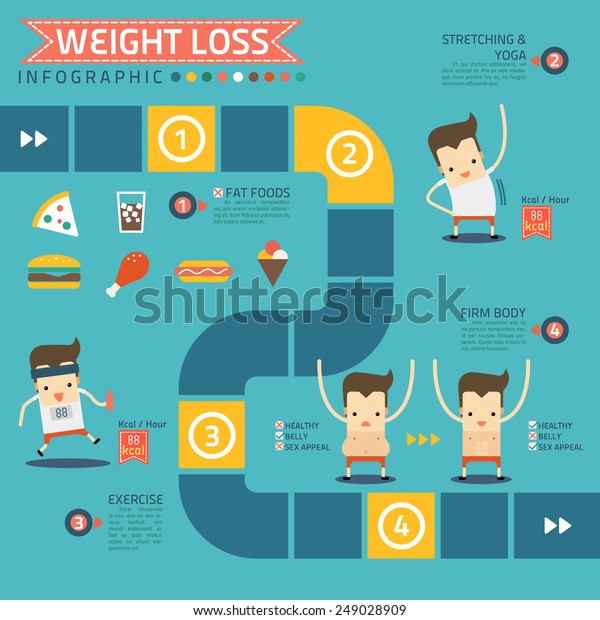Cold laser treatment is a valuable tool to aid hurting management and the healing procedure. It is frequently utilized in sports medicine, dermatology and acupuncture.
Cold lasers permeate deep right into cells and advertise chemical changes without warming them. They lower swelling and swelling, speed cellular activity and accelerate healing.
Theoretical Background
Unlike the high-intensity lasers that surgeons usage to puncture cells, cold laser therapy makes use of light-emitting diodes to pass through right into your skin and advertise recovery. As these photons get to broken cells, they start a domino effect that increases your cells' production of enzymes and accelerates your body's natural recovery processes.
The photons also minimize discomfort via the manufacturing of endorphins and raise your body's capability to drain swollen locations by inducing vasodilation (the growth of blood vessels). Because of this, it assists you recuperate from bone and joint injuries and discomfort faster.
Lots of people have actually read about cold laser therapy from their physiotherapist, chiropractic doctor or doctor and may be asking yourself exactly how it functions. Unlike a lot of laser gadgets used in the clinical area, which in fact heat up cells, our cutting edge tools produces chilly laser beam that don't trigger any kind of heating of your cells. This permits your body to receive the restorative advantages without triggering any type of negative effects.
Clinical Trials
Cold laser therapy is commonly suggested as a therapy choice for people that have musculoskeletal pain and injuries. It can be utilized to reduce swelling, reinforce tissues and accelerate the body's natural recovery procedures.
Non-thermal photons of red and infrared laser radiation are soaked up by the light sensitive elements in cells and start an increase in intracellular metabolic process that boosts cell recreation, lowers inflammation, eliminates edema and shortens healing time.
Unlike the light that is created by sunshine or standard lights, laser light is parallel (all wavelengths travel in the same direction), meaningful and monochromatic. These properties permit laser power to penetrate much deeper right into the cells.
Several professional trials have actually shown that LLLT can be reliable in reducing discomfort in the musculoskeletal system. Nevertheless, more well-designed researches are needed to evaluate the optimum settings for laser irradiation and to determine its performance in certain conditions, such as dental mucositis in cancer people getting chemotherapy or radiotherapy, and injury healing (consisting of diabetic abscess following hammertoe surgical treatment). This Aetna policy publication does not attend to other uses of LLLT, consisting of the treatment of various skin diseases.
Conclusions
Unlike surgical lasers that can ruin growths or coagulate tissue, cold laser therapy does not heat up the body's cells. Rather, the light stimulates your cells to generate adenosine triphosphate, which accelerates the fixing process of hurt cells.
Aetna takes into consideration low-level laser (LLL) therapy clinically needed for the avoidance of dental mucositis connected with cancer cells therapy (chemotherapy, radiation treatment, hematopoietic stem cell transplantation) and non-cancer treatments (such as radiodermal injury, fibromyalgia). Several research studies revealed that LLT can be efficient in lowering PU signs and symptoms without adverse impacts. Nonetheless, distinctions in study styles and laser dosimetry made contrast of the results hard; RCTs with low danger of prejudice are needed. Using a 660 nm wavelength and greater energy density seems more efficient than the various other examined laser wavelengths. This could be because the various other wavelengths might promote inflammatory procedures and cause more negative effects. The effect of the sort of laser utilized is additionally crucial; the writers suggest that future research study concentrate on reviewing various cold therapy types of lasers and their doses to determine the optimal combination of laser specifications for PU avoidance.
Referrals
Cold laser treatment is utilized by dentists to treat inflamed gum tissue, physicians to alleviate pain triggered by rheumatoid joint inflammation, and physiotherapists to speed the healing of muscle mass, tendon, and ligament injuries. Numerous medical insurance coverage plans cover this treatment.
Unlike hot lasers, which have a thermal impact on cells, cold lasers (also called low-level lasers) stimulate the mobile power of the skin. Photons from the laser light permeate into the cell, activating a collection of chemical modifications that advertises regrowth and decreases inflammation.
In order to work, lasers should be properly setup and utilized. This is why it is not suggested to purchase an affordable over the counter laser device and try to treat on your own in your home. A skilled specialist is required to make certain that the tool is used correctly to minimize the threat of eye injury and optimize its performance. The laser gadget should be adapted to the appropriate setup, intensity, regularity, and position of the laser on the therapy area.
